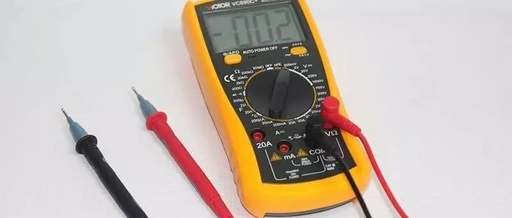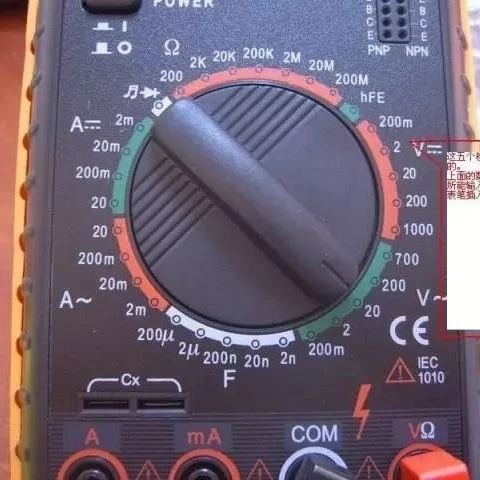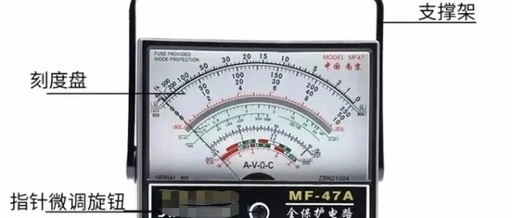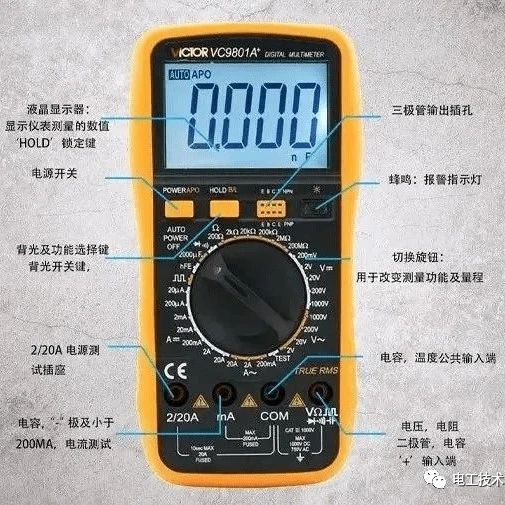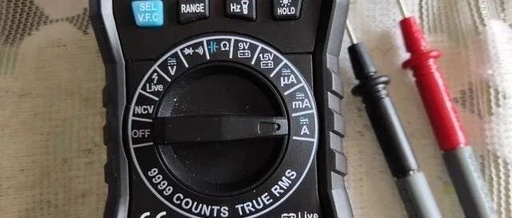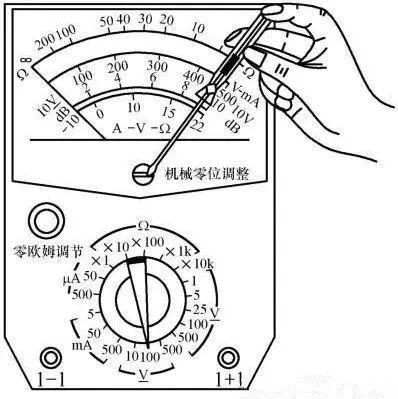14 Easy-to-Overlook Tips for Using a Multimeter: Extremely Practical~~
Click the “blue text” above to follow us We all know that a multimeter is an essential maintenance tool for electrical workers. Proper use of a multimeter can not only make our work more efficient but also enhance our safety and effectiveness. 1. Before using the multimeter, perform a “mechanical zeroing”; 2. Do not touch … Read more
